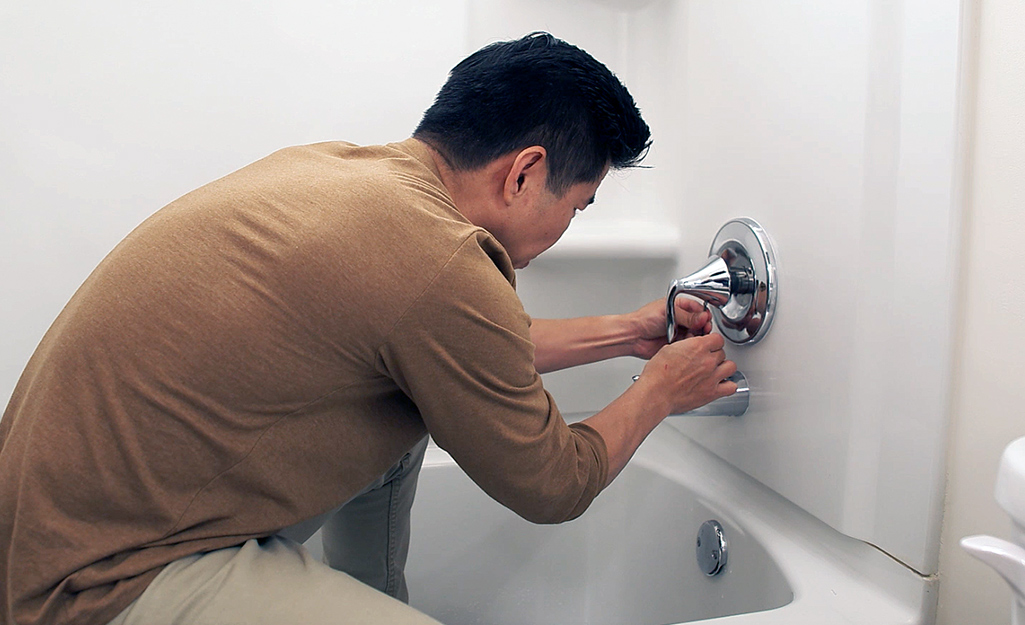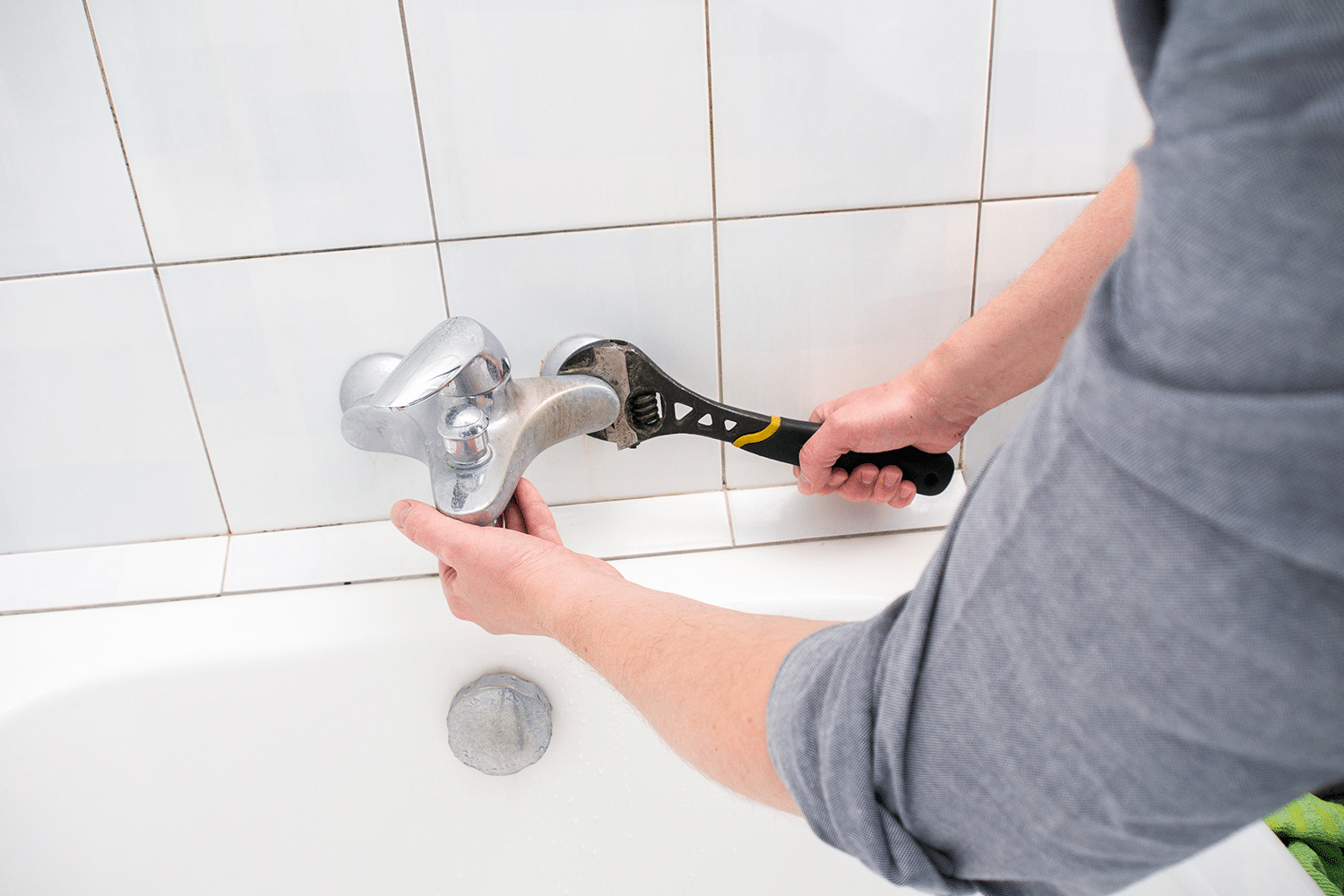My Explanations Behind Correcting a Broken Faucet
My Explanations Behind Correcting a Broken Faucet
Blog Article
What are your opinions on What Causes Leaky Faucets & How To Fix Them?

Dripping taps may seem like a minor inconvenience, yet their influence exceeds just the aggravation of the sound. From drainage to incurring unneeded monetary expenses and wellness dangers, disregarding a leaking faucet can result in numerous repercussions. In this short article, we'll look into why it's vital to resolve this usual home problem quickly and successfully.
Wastefulness of Water
Ecological Effect
Dripping faucets add substantially to water wastefulness. According to the Epa (EPA), a solitary faucet trickling at one drip per second can throw away greater than 3,000 gallons of water annually. This not just stress water resources yet also affects communities and wild animals based on them.
Financial Costs
Increased Water Costs
Past the environmental effect, leaking faucets can blow up water bills substantially. The gathered waste with time converts right into higher utility expenditures, which could have been prevented with prompt repairs.
Potential Property Damages
Additionally, prolonged leaking can cause damage to components and surface areas surrounding the tap. Water build-up can cause staining, deterioration, and even structural issues if left ignored, resulting in added repair expenses.
Health Problems
Mold and Mildew Development
The continuous visibility of moisture from a trickling faucet develops an ideal environment for mold and mildew and mold growth. These fungis not only jeopardize indoor air quality however also pose wellness dangers, particularly for people with breathing conditions or allergies.
Waterborne Diseases
Stagnant water in leaking faucets can end up being a breeding place for microorganisms and other virus, enhancing the danger of waterborne diseases. Pollutants such as Legionella microorganisms grow in stationary water, possibly resulting in serious illnesses when ingested or inhaled.
Do it yourself vs. Expert Fixing
Pros and Cons of DIY Fixing
While some may try to repair a leaking faucet themselves, DIY fixings include their very own collection of challenges. Without appropriate understanding and tools, DIY efforts can exacerbate the concern or bring about insufficient repairs, lengthening the issue.
Advantages of Working With an Expert Plumber
Employing a professional plumber ensures that the underlying source of the trickling tap is dealt with successfully. Plumbers have the proficiency and devices to diagnose and fix faucet problems efficiently, conserving time and decreasing the danger of further damages.
Step-by-Step Guide to Fixing a Dripping Tap
Devices Required
Prior to trying to take care of a leaking faucet, collect the required tools, including a flexible wrench, screwdrivers, replacement components (such as washers or cartridges), and plumber's tape.
Typical Faucet Issues and Their Solutions
Recognize the sort of faucet and the certain issue causing the drip. Usual problems include damaged washing machines, rusty valve seats, or defective O-rings. Refer to supplier instructions or on the internet tutorials for step-by-step guidance on repair services.
Safety nets
Normal Upkeep Tips
To avoid dripping faucets, do regular maintenance such as cleaning up aerators, examining for leakages, and replacing worn-out parts promptly. In addition, think about setting up water-saving devices or updating to a lot more effective components.
Significance of Prompt Repair Works
Attending to trickling faucets as quickly as they're seen avoids further water waste and potential damages, ultimately saving both water and cash over time.
Effect On Residential Property Value
Understanding of Well-Maintained Home
Maintaining a property in good condition, consisting of addressing upkeep issues like trickling taps, boosts its viewed value and worth among possible purchasers or renters.
Influence on Resale Worth
Residences with properly maintained plumbing components, consisting of taps, command greater resale values in the realty market. Addressing trickling faucets can add to a favorable perception throughout property examinations and settlements.
Ecological Obligation
Individual Payment to Preservation
Taking responsibility for fixing trickling faucets straightens with more comprehensive initiatives toward water conservation and ecological sustainability. Every person's actions jointly make a considerable impact on protecting valuable sources.
Lasting Living Practices
By prioritizing punctual repair work and adopting water-saving routines, people add to sustainable living techniques that profit both present and future generations.
Final thought
Attending to a dripping faucet surpasses plain comfort; it's a vital step towards conserving water, decreasing monetary costs, and safeguarding health and property. Whether through do it yourself repair services or professional assistance, doing something about it to take care of leaking taps is a small yet impactful way to advertise liable stewardship of resources and contribute to a healthier, more sustainable future.
How to Fix a Leaky Faucet: Step-by-Step Repair Guide
A leaky faucet may seem like a simple annoyance, but if it's not fixed promptly, that leak could cost hundreds to potentially thousands. From water damage to mold, mildew, and high water bills, even a tiny leak can be catastrophic if left unattended. Damage like this can even affect the overall value of your home, so it's important to take the right approach for leaky faucet repair. You may need the help of a plumber in some cases, but we've got a few tips you can try on how to fix a leaky faucet before calling the pros.
Four Faucet Types
When you're learning how to fix a leaky faucet, the first step is knowing what kind of faucet you're working with! There are four common types.
Cartridge Faucets
Cartridge faucets come in one- or two-handled varieties. In one-handled cartridge faucets, hot and cold water combines in a single cartridge. In the two-handled versions, hot and cold water are controlled separately and mixed in the faucet.
Ball Faucets
Ball faucets have a single lever you push up and down to adjust the pressure and rotate to change the temperature. A slotted metal ball controls the amount of water allowed into the spout.
Compression Washer Faucets
They're the oldest type of faucet, but they're still used in many homes — especially older ones. Compression faucets have two separate handles that, when turned, raise or lower the washer that seals a water valve. This valve stops water from flowing through the faucet when it is turned off.
Disc Faucets
Disc faucets rarely need to be repaired due to their maintenance-free design. The water flow is controlled by two discs — the upper one raises and lowers against a fixed lower disc, creating a watertight seal. If your disc faucet starts leaking, you may need to replace the seals or clean residue buildup from the inlets.
Fixing a Leaky Faucet
Step 1: Turn Off the Water
Whether you're learning how to fix a leaky bathtub faucet or how to fix a leaky kitchen faucet, always turn off the water supply to your working area when you're fixing a leak. The last thing you want is a flood added to your list of things to fix.
Look for the shutoff valves below your sink or around the tub and turn them clockwise to stop the water flow. If your faucet doesn't have shutoff valves, you may need to turn off the water for the whole house. Check to make sure it's off by turning the faucet on. If nothing comes out, you're ready to start the repair.
Step 2: Take Apart the Faucet
How you disassemble your faucet depends on the type of fixture you have. You can use a flathead screwdriver to remove the caps on top of the handle or handles for cartridge and compression faucets. Inside, you should see handle screws. Unscrew these with a screwdriver to remove the handle.
Disc- and ball-style faucets will typically have an inlet screw near the handle, and removing that will reveal the interior of the faucet.
Detach the Valve Stem
For cartridge- and compression-style faucets, you'll see the inner valve stem or cartridge once you remove the faucet handles. If you have a compression faucet, unscrew the brass valve stem. If you have a cartridge faucet, pull out the cartridge. If your cartridge has been in place for a while, it may require some tools or extra force to remove it due to mineral deposits.
Examine and Replace Parts
Once you've removed the parts, check them out to confirm what needs to be replaced. You may see corroded rubber washers, O-rings, stems, or cartridges. On a ball-style faucet, check the seats and springs for damage.
If you need to repair a leaky disc faucet, check the inlet and seals on the lower disc.
Once you determine what parts must be replaced, visit your local hardware store. Bring the damaged parts with you to ensure you can purchase the correct components to replace them.
Clean Valves and Faucet Cavity
If you've removed a stem or cartridge, you may notice mineral buildup in the faucet's threads. Use white vinegar to clean the valve seat by soaking it for a few minutes, then scrub it away with a soft toothbrush and rinse with warm water. You can also clean the interior of the faucet in the same way.
Reassemble the Faucet
Once your faucet is cleaned and the required parts have been replaced, it's time to reassemble it. Put the pieces back together and slowly turn the water supply back on. Doing this slowly is crucial because too much initial water pressure can damage the new hardware you've just installed.
https://homewarranty.firstam.com/blog/how-to-fix-leaky-faucet

I hope you enjoyed reading our article on Why It's Important to Fix Leaky Faucets. Thank you for spending some time to read our blog post. Do you know about someone else who is very much interested in the subject? Feel free to share it. I love reading our article about Why Are My Faucets Dripping (And Can I Fix It Myself)?.
Report this page